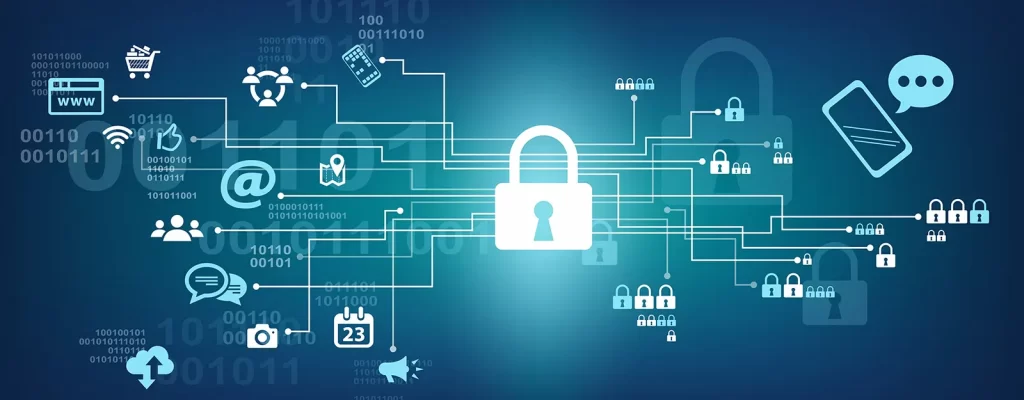IT/OT Convergence: Benefits & Adoption
March 4, 2021Traditionally, Information Technology (IT) and Operational Technology (OT) have been separate operations with unique personnel teams and goals. However, with the increasing integration of the Internet of Things into industrial industries, IT and OT are overlapping, both in machine control and the need for data security.
IT/OT Convergence Benefits
Machine Downtime & Maintenance Cost
IT systems monitor OT machines and equipment condition in real time. This allows a predictive maintenance model where repairs are performed only when conditions indicate a need. Predictive maintenance involves less downtime and maintenance costs than traditional preventative maintenance where machines and equipment are repaired on a schedule, regardless of condition.
Breakdown Response & Cost
IT monitoring sends real-time alerts when OT equipment malfunctions and can even engage automatic remote shutdowns. An undetected mechanical breakdown can lead to extensive financial cost. The ability to know exactly when a machine fails allows for quick repair and return to factory processes.
Productivity & Safety
IT monitoring collects machine data to identify bottlenecks, overheating or other process inefficiencies. From this information, OT systems can be optimized to increase factory floor efficiency, improve safety and save energy costs.
Through machine automation, certain processes can be performed without human intervention. This frees human workers to focus on other tasks, improving factory floor productivity and easing labor shortages.
Security
As OT systems migrate to the internet, IT systems keep factory floor data and processes safe from cyberattacks.
Employee Adoption of IT/OT Convergence
Companies that merge IT and OT systems are likely to face growing pains. However, successful cooperation results in a more knowledgeable and skilled employee base when it comes to keeping factory processes safe and efficient. Adoption of IT/OT convergence can be more effective with a clear, widely communicated plan:
- Outline goals for IT/OT convergence: Personnel from both departments should understand the benefits and goals of convergence.
- Outline possible roadblocks: Personnel should understand challenges are expected. Personnel should be presented with steps for addressing potential issues and be encouraged to provide their own ideas.
- Breakdown departmental boundaries: This can take many different forms. Some businesses may co-locate IT and OT to give them opportunities to work side by side. Others may create an interdepartmental team composed of IT and OT personnel to oversee projects, roadblocks and solutions. Another option allows for data convergence where data experts from IT and OT can view and work with each other’s collected data, allowing for a greater understanding of how the two work together.
- Train personnel on security and factory floor operations: Having IT and OT personnel understand security and operational goals further breaks down boundaries and fosters understanding between departments. It also aids in ensuring the security and operational integrity of the factory floor, which is the ultimate goal of IT/OT convergence.

The Convergence of OT & IT Cybersecurity
As the number of industrial systems connected to the internet increases so does the potential for cyberattacks. OT stands to benefit from the experience of IT, particularly as it relates to security.